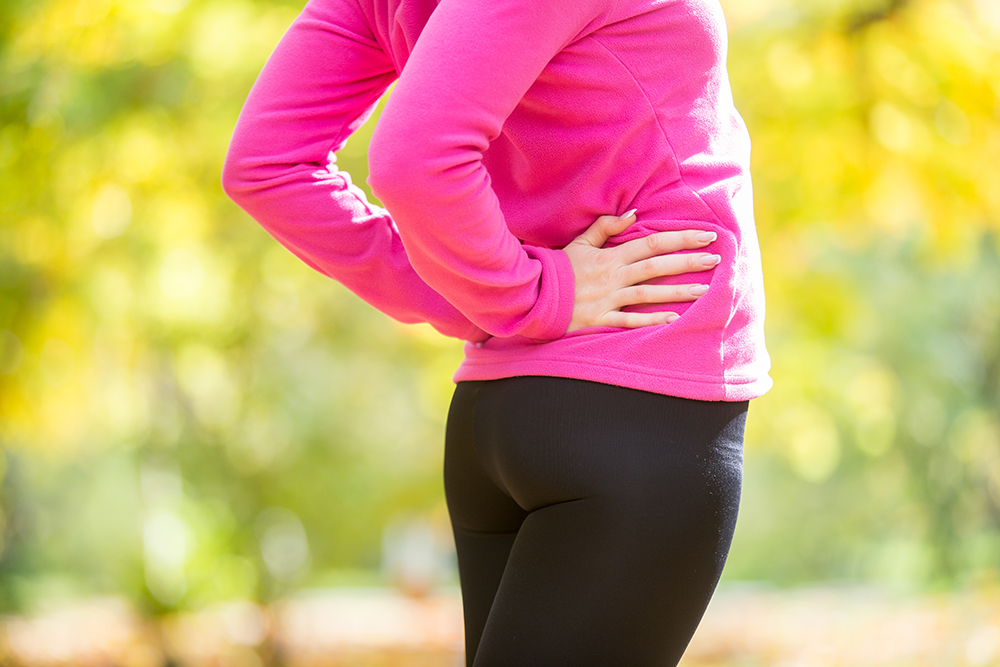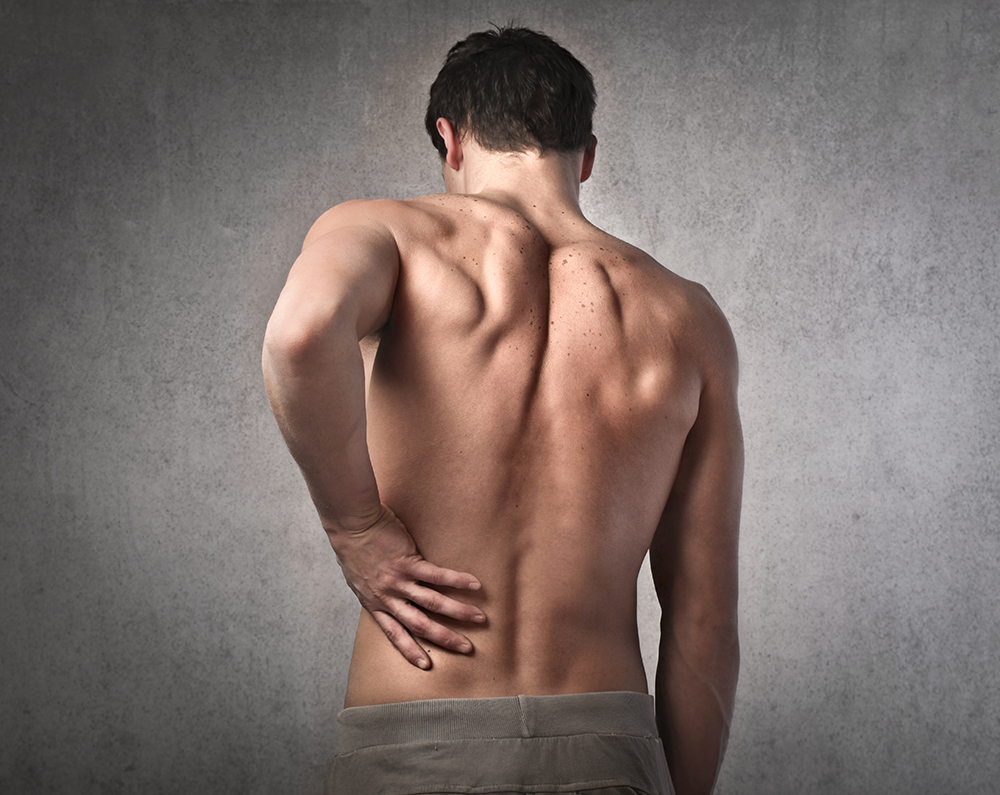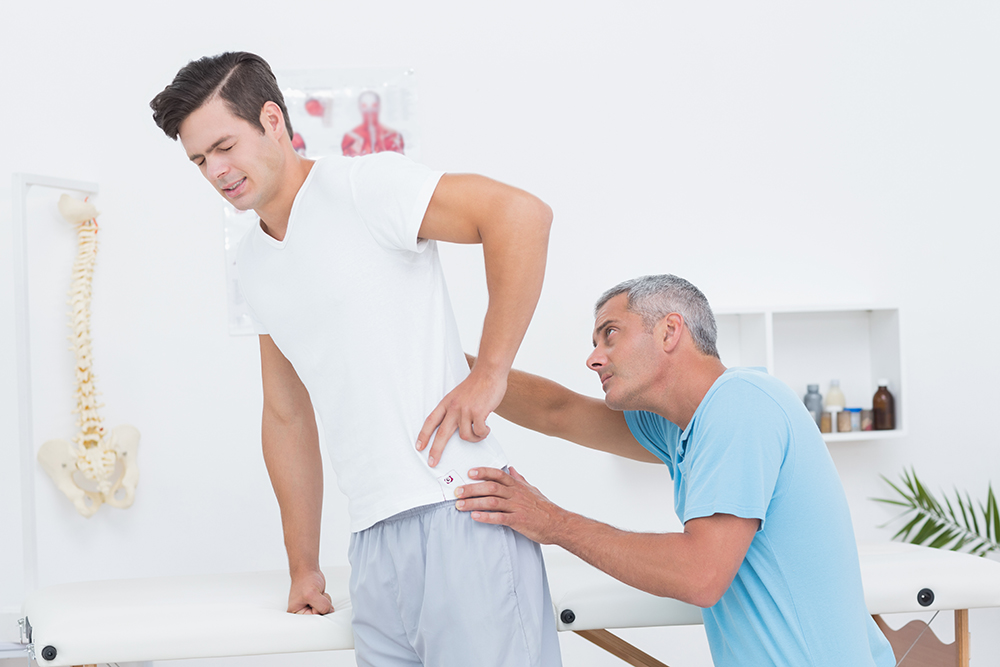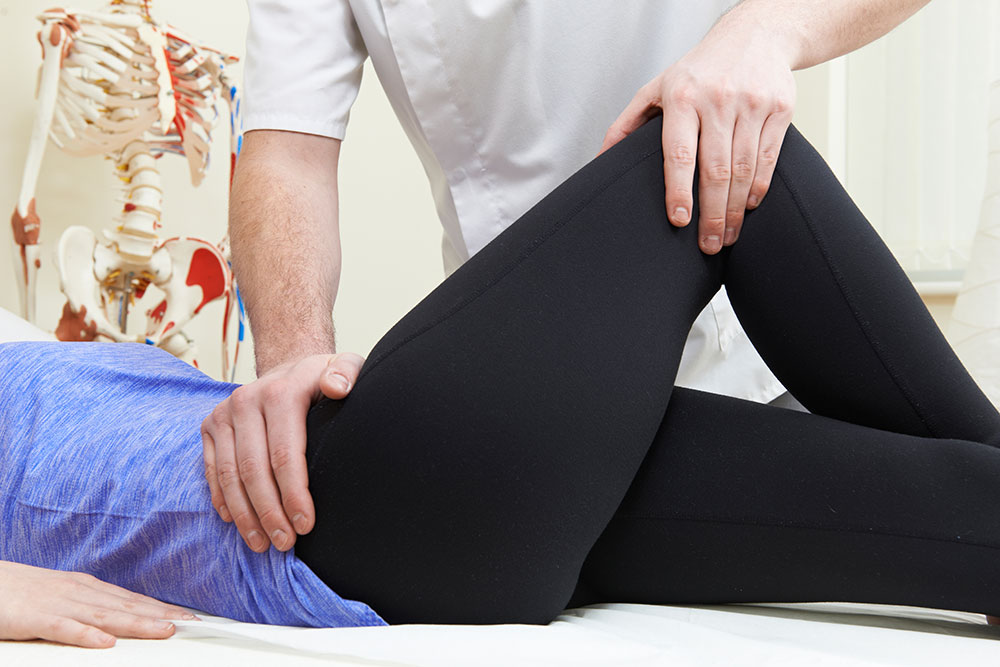Arthritis of the Hip
The two main forms of arthritis affecting the hip are osteoarthritis (OA) and rheumatoid arthritis (RA).
Osteoarthritis
Osteoarthritis is by far the most common form of arthritis. It is estimated that 25% of females and 16% of males over the age of 60 are symptomatic from osteoarthritis. Over 55,000 hip replacements are performed in the UK each year to treat osteoarthritis. This page concentrates on osteoarthritis.
OA is a degenerative disorder in which there is progressive loss of articular (surface) cartilage accompanied by new bone formation and capsular fibrosis (stiffening). In effect, this is ‘wear and tear’ arthritis. Many joints can be affected or just one.
There are 2 basic types of osteoarthritis; primary and secondary:
PRIMARY
• No obvious cause
• Many joints involved including fingers, big toe, knees, spinal
facet joints
• Usually starts in the hands
• Mainly postmenopausal women
• Familial; i.e. can be inherited
• Same pathology as single joint osteoarthritis
SECONDARY
• Estimated 80% of all OA
• Normal cartilage having to cope with an abnormal load
• Abnormal cartilage having to cope with a normal load
• Cartilage break-up occurs due to defective subchondral bone (bone
beneath the articular cartilage)
Rheumatoid Arthritis
Rheumatoid Arthritis is a condition of unknown cause where the lining membrane (the synovium) of joints becomes inflamed. Damage to the joint surfaces follows, resulting in the destruction of the lining cartilage; the joint becomes painful and arthritic. Many joints can be involved, especially those in the hands and feet, but the larger joints such as the hip and knee are also commonly affected.
CAUSES
There is no obvious cause of primary osteoarthritis; causes of secondary OA include:
• Previous trauma (fracture, dislocation and cartilage
injuries)
• Developmental disorders causing abnormal anatomy (e.g. hip
dysplasia)
• Childhood hip conditions such as Perthes’ Disease
• Miscellaneous conditions such as avascular necrosis
SYMPTOMS
The overwhelming symptom from hip arthritis is pain. The nerve supply to the hip joint is complex, and as a result pain that comes from the hip can be felt in several different sites. Commonly, pain is felt in the groin, but pain can also be experienced down the inside of the leg, into the knee and sometimes down to the ankle. It can also be felt in the buttock, in the top of the thigh, and rarely in the back.
The pain from hip OA is made worse by activities such as walking for any distance and can often disturb sleep. As a result of joint stiffness patients often have difficulty putting on their shoes and socks.
TREATMENT OPTIONS
Many patients with arthritic hips do not need a hip replacement. There are many ways of coping with the pain from hip arthritis; they include:
• Simple painkillers
• Anti-inflammatory medication
• Weight reduction
• Activity modification
• Using a walking stick (using the stick on the SAME side)
• Physiotherapy
• Steroid injection into the hip joint; usually a day case procedure
However, in the majority of cases there comes a point when these are insufficient and the amount of pain and its impact on lifestyle become intolerable. Hip replacement then becomes a sensible treatment option.
For more information on hip arthritis and the various treatment options please do not hesitate to get in touch with Mr Atwal through our appointments page.




QUICK ENQUIRY


